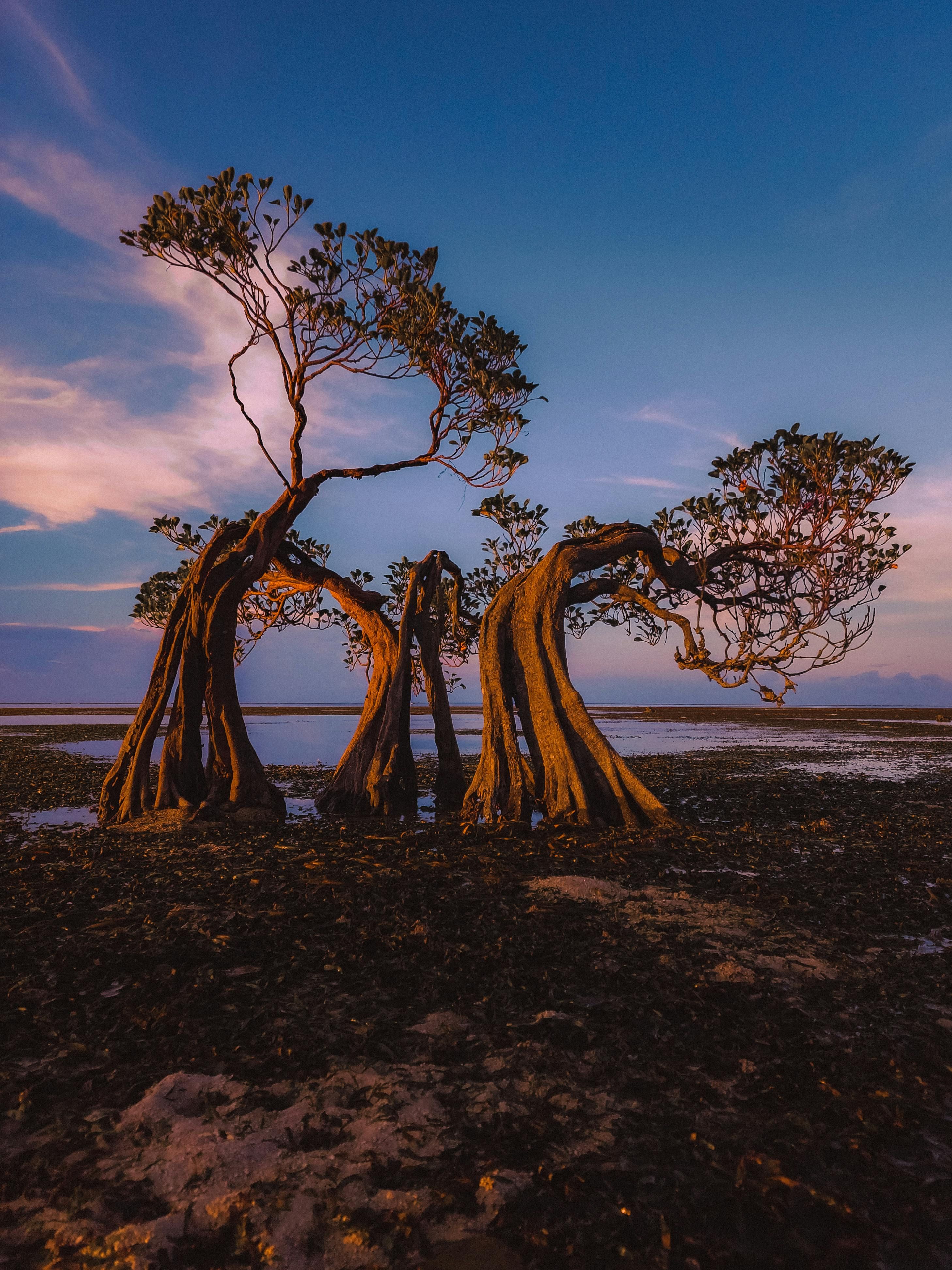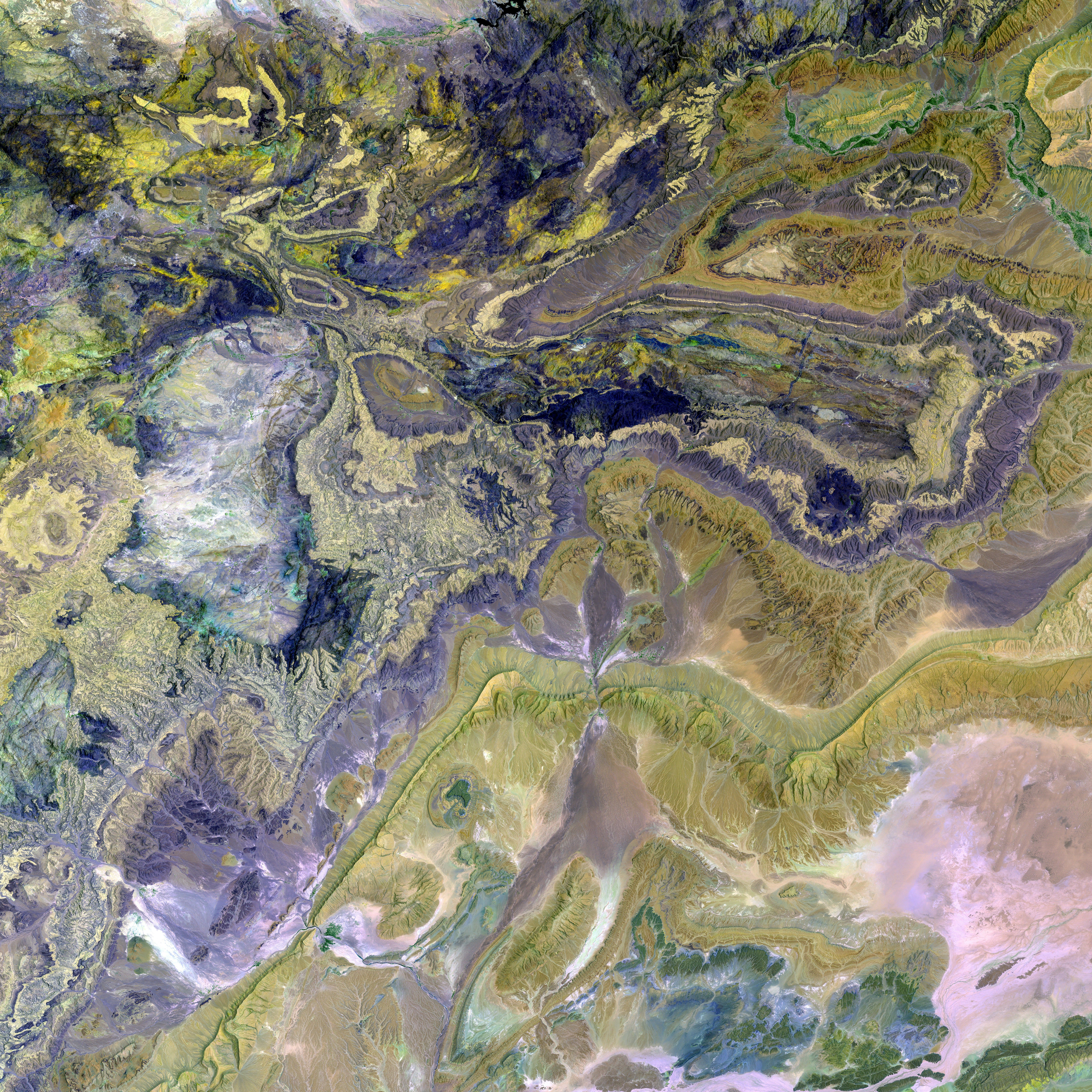High Stakes in the Ocean Depths: Deep-Sea Mining and the Energy Revolution Debate
By Helmut Broeg
Deep-seabed mining debated as potential energy solution or ecological catastrophe - Navigating the Depths: Deep-sea Mining - Fueling Energy Shift or Triggering Environmental Catastrophe?
approx. 3 Min read
The ongoing tug-of-war over mining licenses in Ukraine highlights the fundamental significance of raw materials. Beyond commercial interests, the extraction of ores always carries a political weight. This tension is palpable during the ongoing general assembly of the International Seabed Authority (ISA) in Jamaica, which runs until the end of March. In the summer of 2023, The Metals Company (TMC) plans to apply for a license to commercially exploit deep-sea mineral deposits, and potential mining could commence in 2026.
What's at Stake?
Manganese nodules, the primary source of these mineral deposits, are misnomers. Far from simple structures, they are actually a mix of compounds, primarily manganese and iron, with additional elements like copper and cobalt. The proponents of deep-sea mining argue that the laborious mining in the ocean depths is worthwhile, given that these metals are key components of batteries, a crucial aspect of the energy transition.
Who's Already Dipping Their Toes in the Deep?
Currently, commercially viable manganese nodule mining does not exist; however, the Clarion-Clipperton Zone in the Pacific - roughly midway between Hawaii and Mexico - hosts designated mining regions. The state of Nauru, partnered with TMC, oversees some of these regions. Most mining areas, though, lie in international waters, which currently lack a regulatory framework. The ISA assembly will surely address this issue, although a definitive decision is uncertain.
Risks Ahead
Biologists worry that widespread mining of nodules could spell ruin for entire ecosystems. Research conducted in the 1980s by German scientists demonstrated that even after 26 years, only about half of the organisms populating a harvested area had returned. Species such as swarms and soft corals appeared to suffer, as the area lacked nodules for settlement and the stirred sediment smothered other non-mined areas. The long-term impact of large-scale mining remains a significant concern, particularly since many of these ecosystems are still undiscovered or even uncharted.
Last year, scientists made a stunning discovery: some manganese nodules were found to produce oxygen[5]. Environmental organizations advocate against the potentially avoidable and destructive mining of seabed minerals.
Germany and Other Countries: Staking Their Claim
At present, Germany is opposed to deep-sea mining[4]. In early 2021, the Norwegian parliament decided to gradually allow the extraction of minerals on the Norwegian continental shelf in the Arctic. However, by the end of 2024, the parliament opted against issuing licenses for seabed resource extraction for the time being[4]. Papua New Guinea has secured a mining license for the Canadian company Nautilus Minerals, but the project stumbled due to financial shortfalls[1].
Is Deep-Sea Mining Worth It?
Although Norway aims to mine manganese nodules in the Arctic in response to dwindling fossil fuel reserves, experts remain divided on whether deep-sea mining is financially viable. Matthias Haeckel from the GEOMAR Helmholtz Centre for Ocean Research asserts that the amounts of nickel and cobalt in manganese nodules are too small and their global market prices too low for large-scale extraction to be profitable[4]. Currently, there's no shortage of manganese, copper, and iron on the market.
- Deep-Sea Mining
- Energy Transition
- Raw Material
Enrichment Data:
Overall:To delve deeper, consider the following insights:
- Developments in technology may lead to more efficient deep-sea mining techniques, potentially reducing environmental risks and enhancing financial viability.[2][3]
- Economically developed countries are increasingly seeking to secure raw materials necessary for renewable energy technologies.[2]
- Small island nations stand to gain significant financial benefits from deep-sea mining; however, this potential income could be outweighed by environmental damage and long-term economic instability.[1]
*[1]: D. Axe, "These Countries Could Get Rich by Mining the Sea Floor," National Geographic, https://www.nationalgeographic.com/science/2019/10/deepsea-mine-deep-sea-metals-ocean-resources/[2]: E. Reid, "The Deep-Sea Mining Debate," Big Think Ideas, https://bigthink.com/philosophy-of-science/the-deep-sea-mining-debate/[3]: M. Kamp, "Deep-Sea Mining: Crucial Resources or a Trojan Horse for Environmental Collapse?," Deutsche Welle, https://www.dw.com/en/deep-sea-mining-crucial-resources-or-a-trojan-horse-for-environmental-collapse/a-58270597[4]: N. Green, "Is Deep-Sea Mining Really Worth It?," BBC Future, https://www.bbc.com/future/article/20210104-is-deep-sea-mining-really-worth-it[5]: D. Vaughan, "Deep-sea Manganese Nodules Do Produce Oxygen, Scientists Say," BBC News, https://www.bbc.com/news/science-environment-59318571
- In the upcoming summer of 2023, The Metals Company plans to apply for a license to commercially exploit deep-sea mineral deposits, a move that could spark increased deep-sea mining.
- Despite the potential benefits of deep-sea mining for the energy transition, as discussed during the ongoing ISA assembly in Jamaica, there is disagreement regarding its long-term implications, particularly on the environment.
- While Norway aims to mine manganese nodules in the Arctic, Germany, among other countries, remains opposed to deep-sea mining, raising questions about the financial viability and environmental risks associated with this form of mining.








